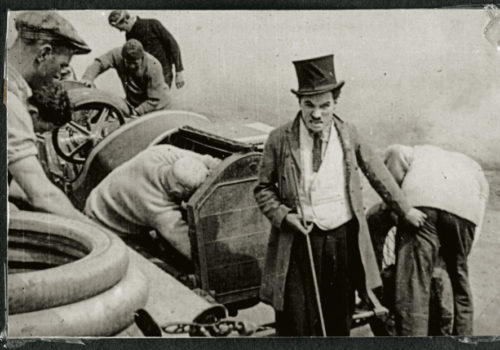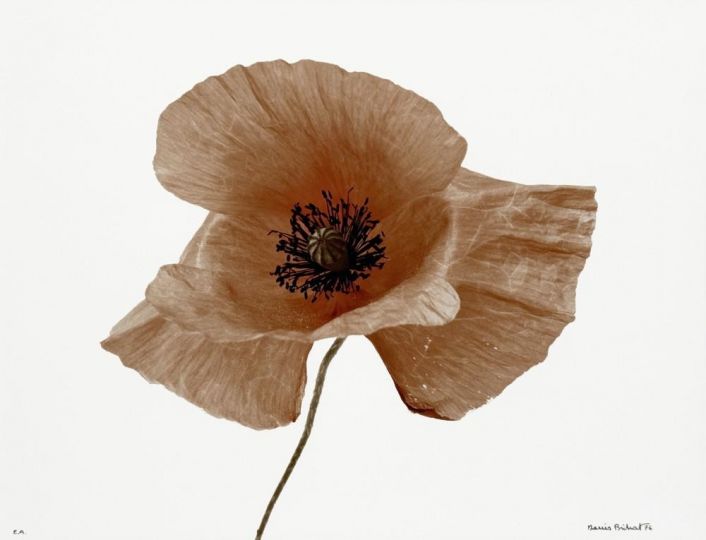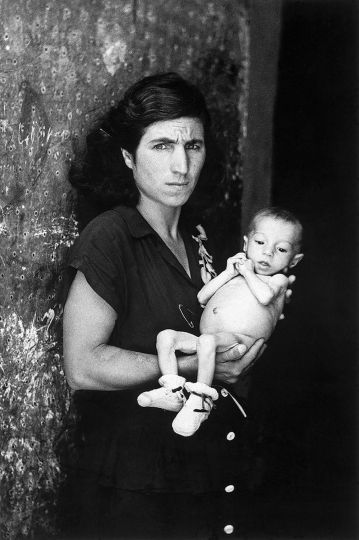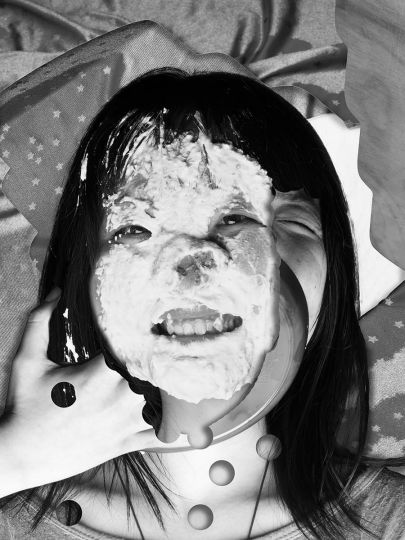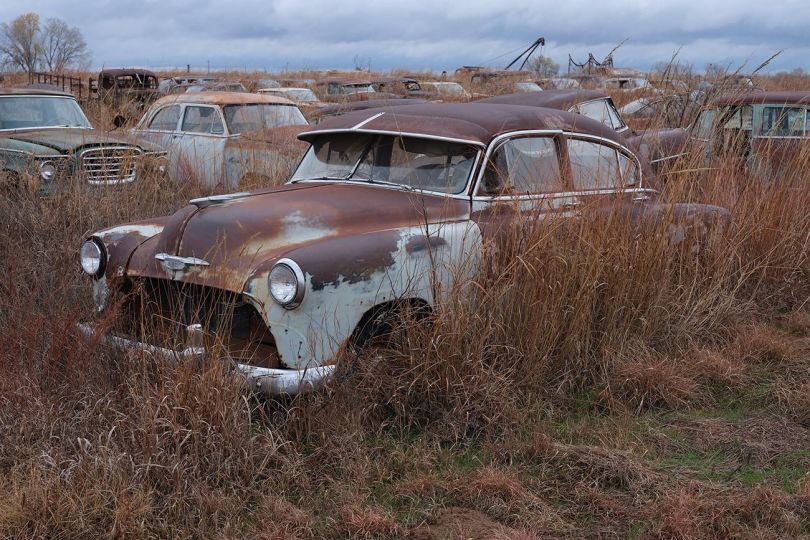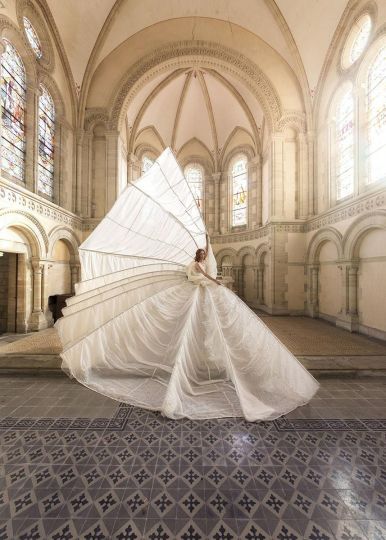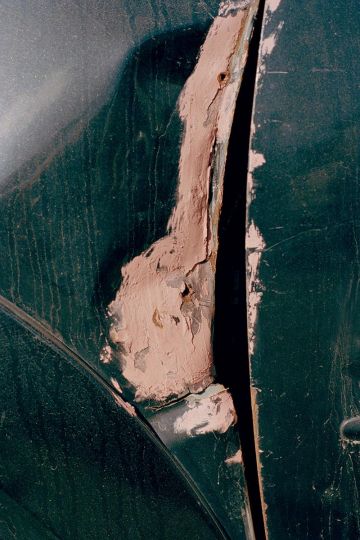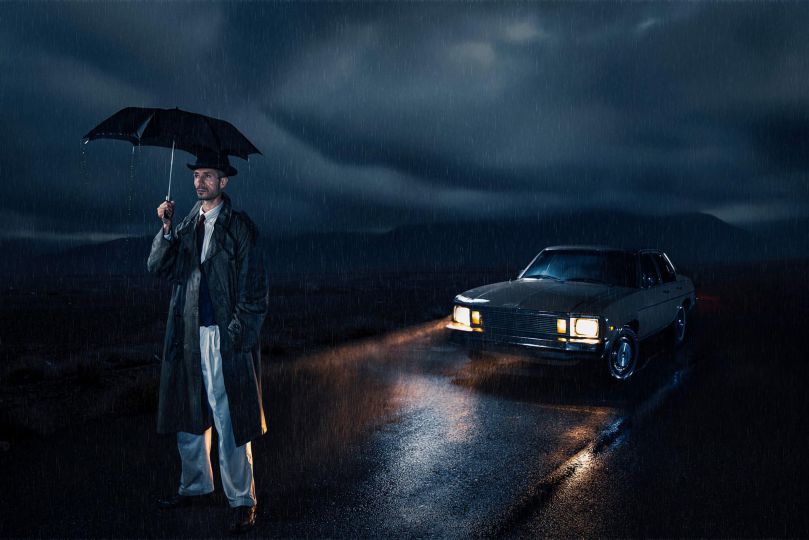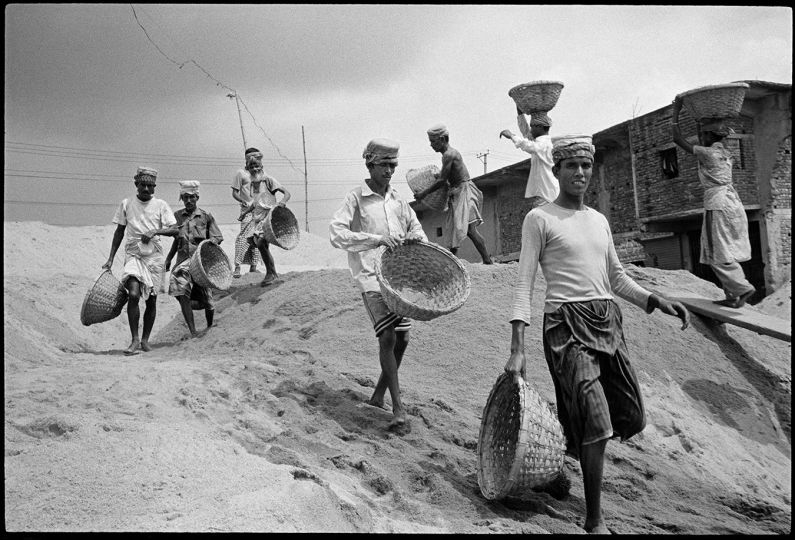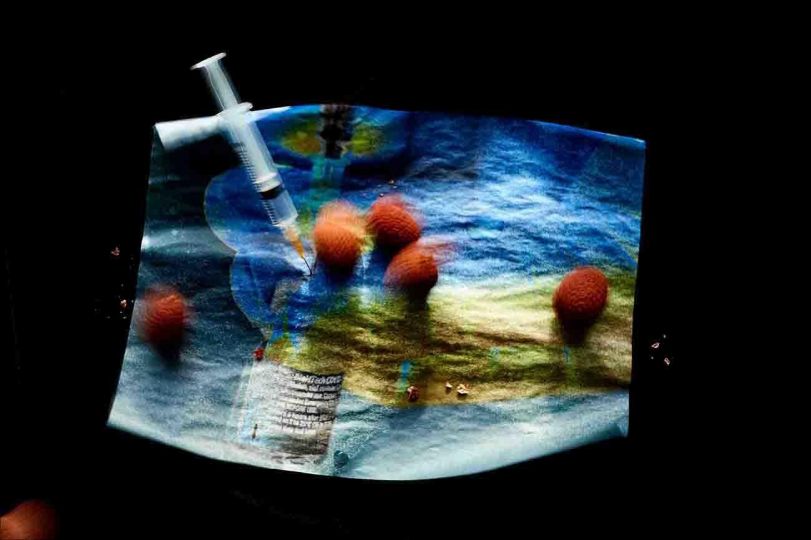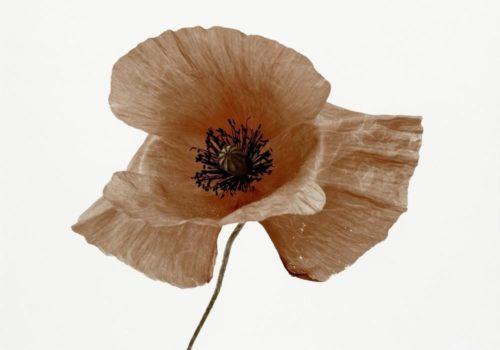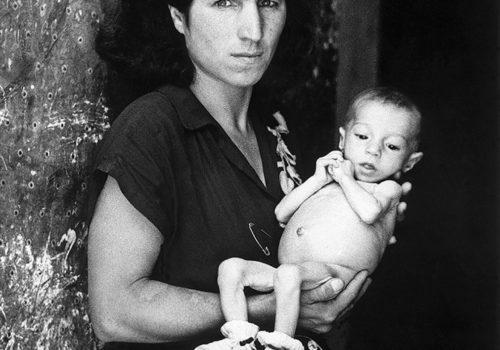Celebrating the Tramp 100th anniversary in 2014, the Keystone Album is published for the first time in its entirety. A rare example in images of the beginning of Charlie Chaplin’s career as an actor, we only know a handful of still photos from his first short films. This album brings together photograms of 29 of the 36 first short films in which Charlie Chaplin played in 1914. As the pages turn, we witness the birth of the Tramp , who gradually takes over in front and behind the camera for both the script and the direction. The photograms printed from frames of the film render the immediacy of the scene.
This article is reserved for subscribed members only. If you are already a member, you can log in here below.
Subscribe for full access to The Eye of Photography archives!
That’s thousands of images and articles, documenting the history of the medium of photography and its evolution during the last decade, through a unique daily journal. Explore how photography, as an art and as a social phenomenon, continue to define our experience of the world. Two offers are available.
Subscribe either monthly for 8 euros (€) or annually for 79 euros (€) (2 months offered).

